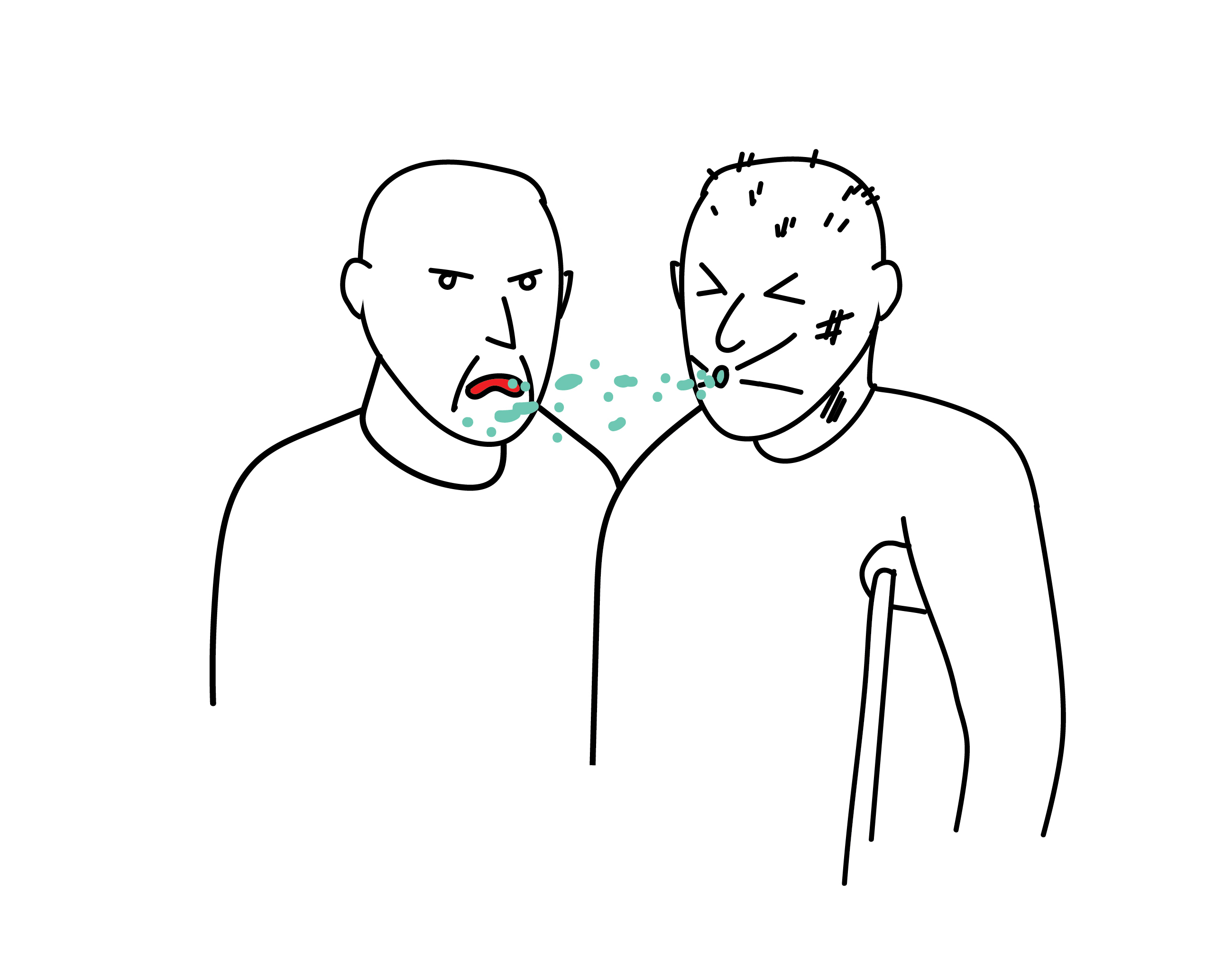Notes
1
Captain Bellamy, quoted in Captain Charles Johnson, A General History of the Robberies and Murders of the most notorious Pyrates (London: Rivington, Lacy, and Stone, 1724).
2
Tom Cleary, “Paul Furber: 5 Fast Facts You Need to Know,” Heavy, August 14, 2018, ➝.
© 2021 e-flux and the author
